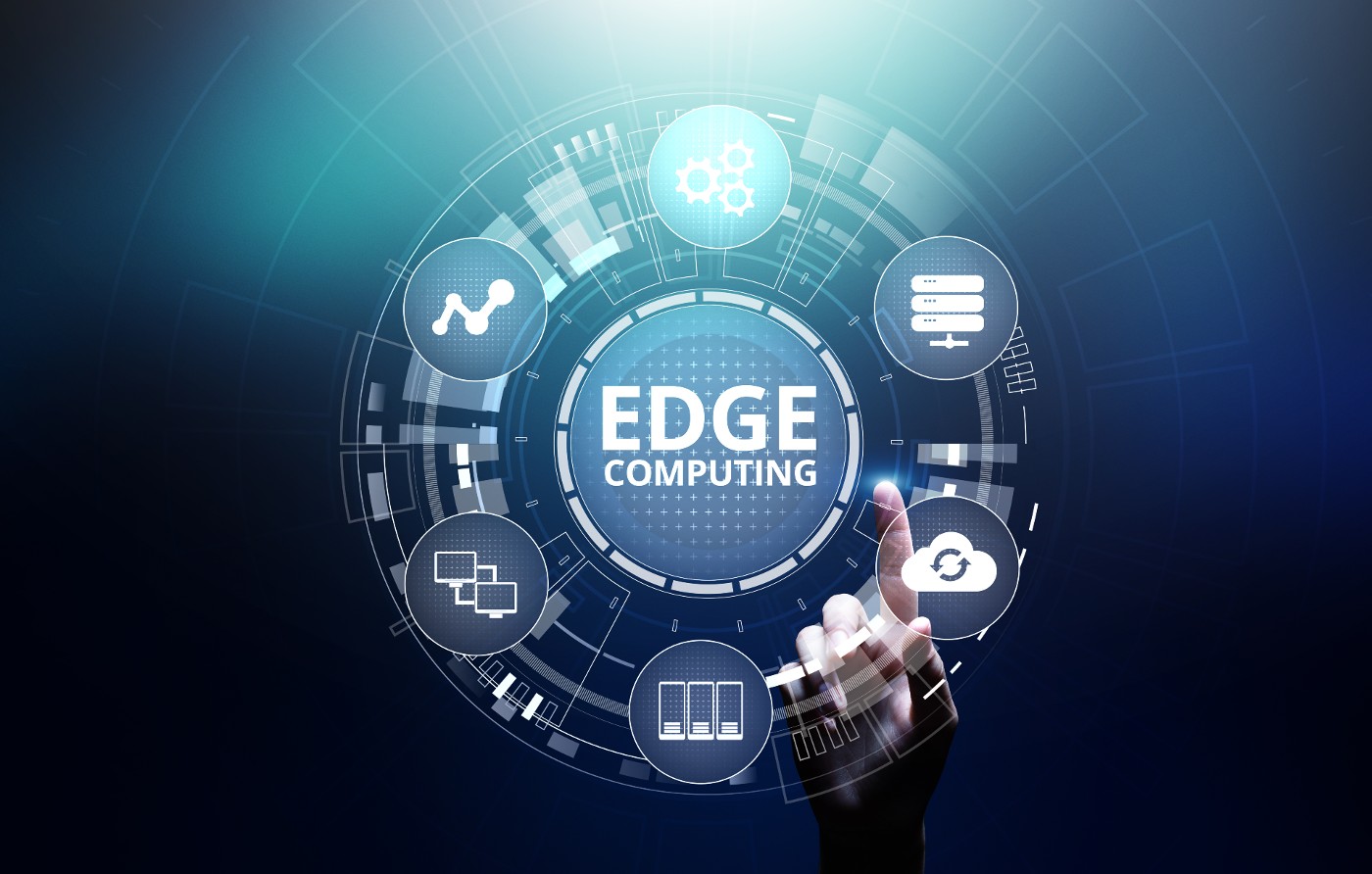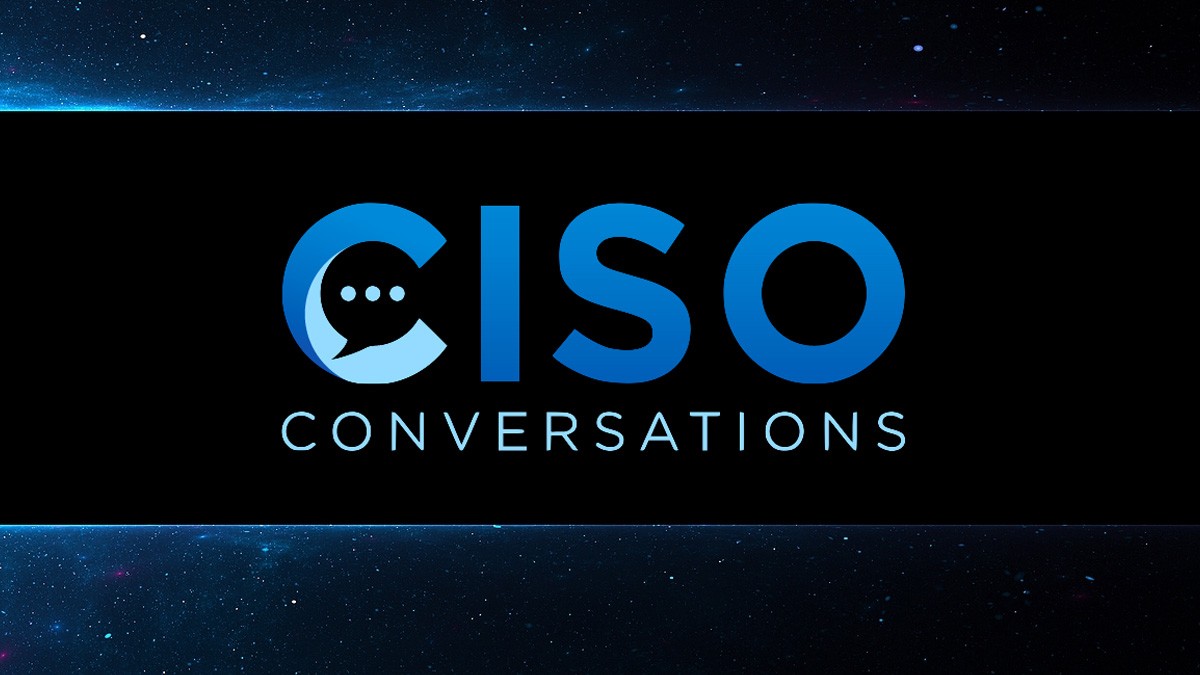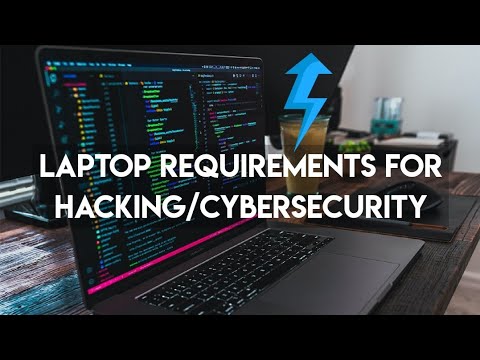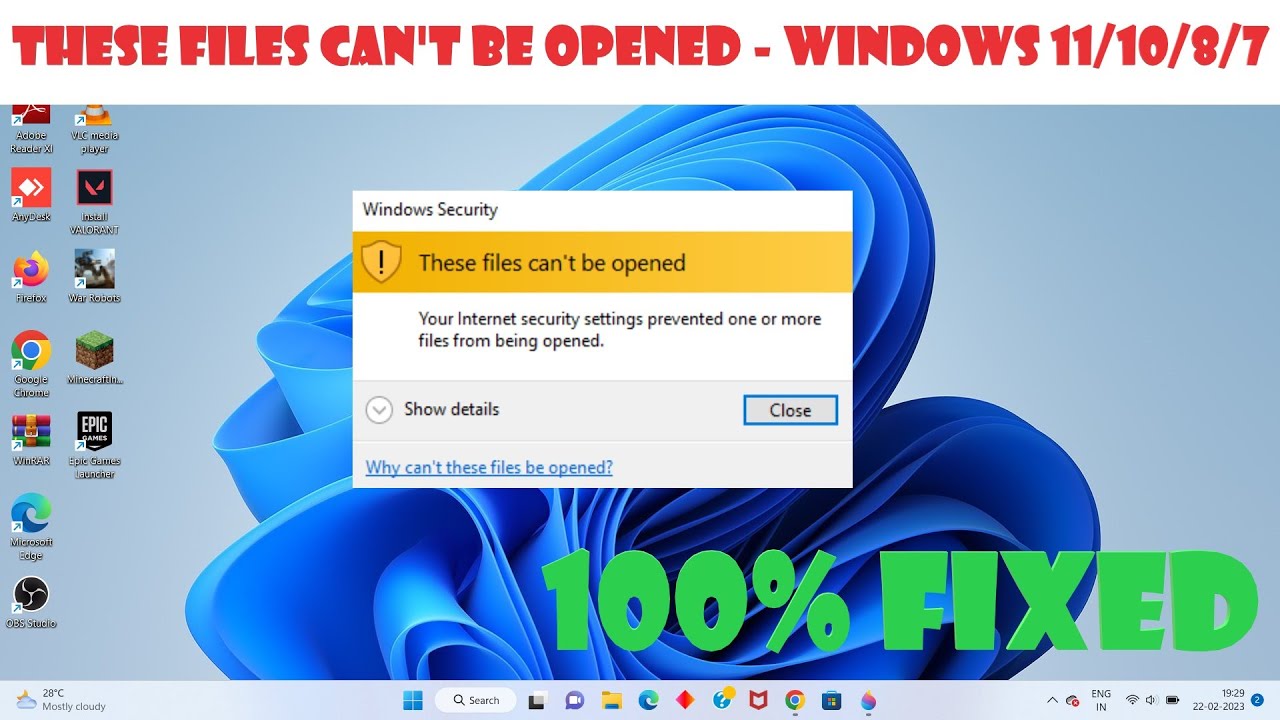Q&A on How Dell Sees Security at the Edge

In May 2023, Dell announced NativeEdge, an edge operations software platform. Dell has been talking to customers for years in advance of the release about the needs of technology operating at the edge.
To get into the details, I spoke with Aaron Chaisson, Dell Technologies’ vice president of telecom and edge solutions marketing, at Dell Technologies World in Las Vegas. The following is a transcript of my interview with Chaisson; the interview has been edited for length and clarity.
Jump to:
Challenges of cloud spending and deployment
Megan Crouse: What decisions are you seeing customers or potential customers struggle with right now in terms of enterprise cloud purchasing that weren’t being talked about a year or three years ago?
Aaron Chaisson: One of the biggest things that companies are looking to do is there is an interest in being able to consume (cloud) in an as-a-service fashion. They want to take the experiences they are getting from hyperscalers and potentially be able to bring those experiences on-prem, especially toward the edge. Customers want to leverage edge technologies to drive new business outcomes, to be able to act upon data more rapidly. How do they take the capabilities, the features and the experiences that they get from a cloud and deliver those in edge environments?
One of the questions that we commonly see is: Are you taking established cloud technologies and moving them to the edge? Or are you really looking to use the best practices of cloud, of automation and orchestration-as-a-service, but to deliver it in a more purpose-built fashion that delivers unique value to the edge? And that’s really where NativeEdge is designed to be able to deliver an edge experience, but in a customized way that targets outcomes that customers are looking to at the edge.
SEE: Don’t curb your enthusiasm: Trends and challenges in edge computing (TechRepublic)
Customers choose between edge and on-prem
Megan Crouse: Do you see customers deciding workflow-by-workflow, where they’re going to pull from the edge, and if so, how is Dell working on simplifying that process through something like NativeEdge?
Aaron Chaisson: It’s early days for the…



